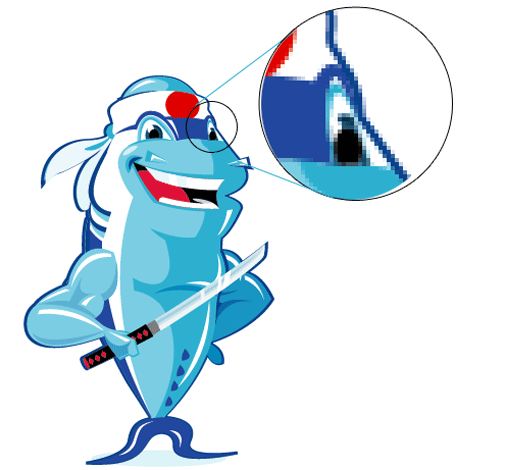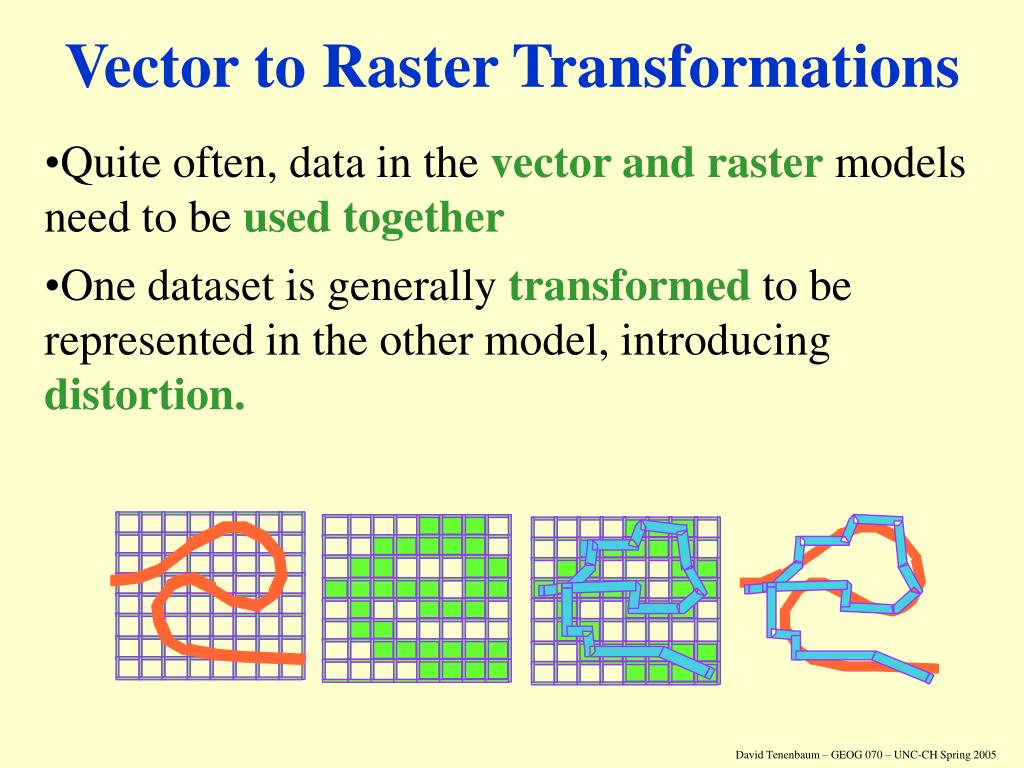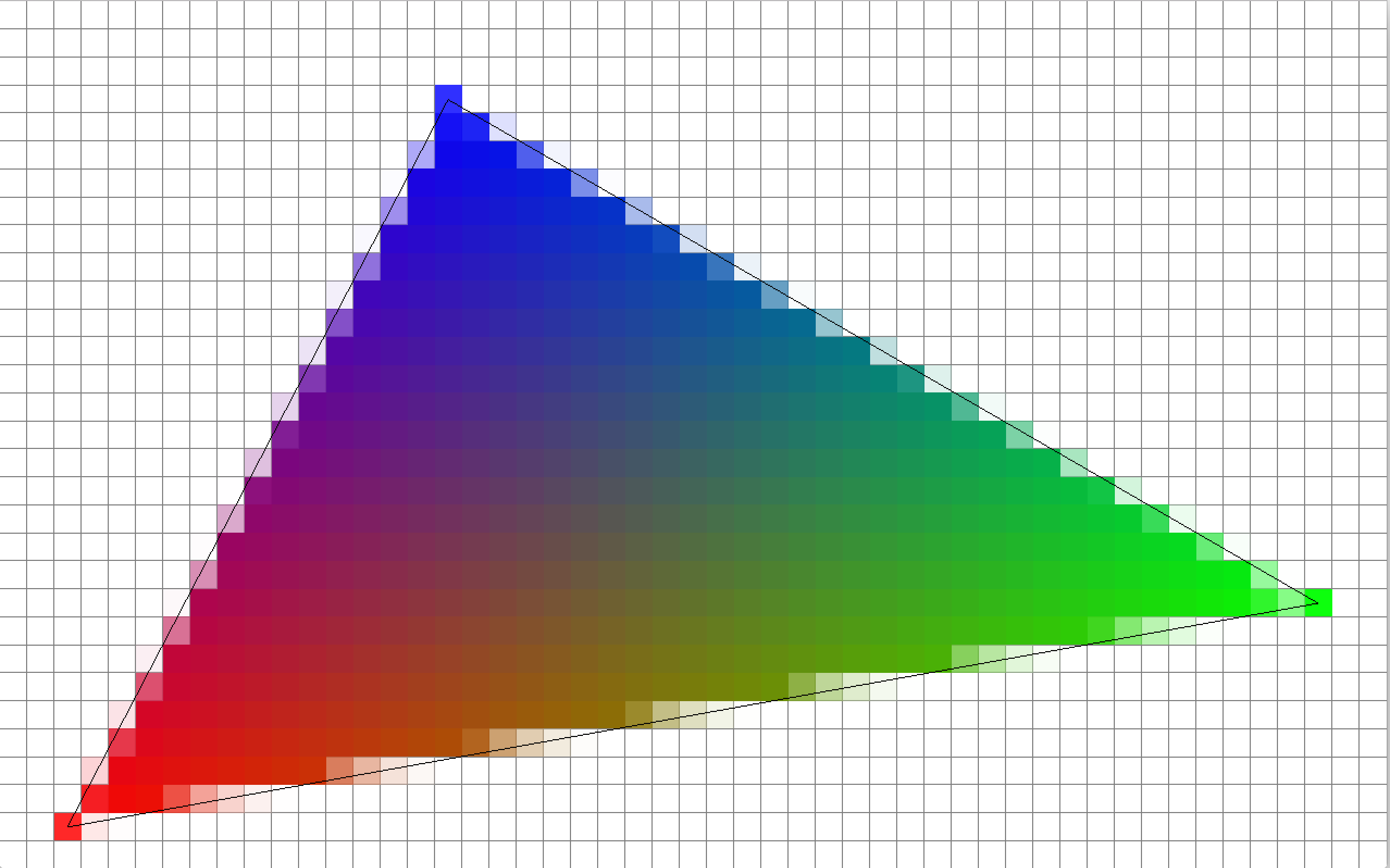

There can be spatial inaccuracies due to the limits imposed by the raster dataset cell dimensions.There are other considerations for storing your data as a raster that may convince you to use a vector-based storage option. The ability to perform fast overlays with complex datasets.The ability to uniformly store points, lines, polygons, and surfaces.The ability to represent continuous surfaces and perform surface analysis.A powerful format for advanced spatial and statistical analysis.A simple data structure-A matrix of cells with values representing a coordinate and sometimes linked to an attribute table.The advantages of storing your data as a raster are as follows: However, there are many other features (such as points) and measurements (such as rainfall) that could be stored as either a raster or a feature (vector) data type. Sometimes you don't have the choice of storing your data as a raster for example, imagery is only available as a raster.

Below is a digital picture of a large, old tree that could be used as an attribute to a landscape layer that a city may maintain. A parcel layer may have scanned legal documents identifying the latest transaction for that parcel, or a layer representing cave openings may have pictures of the actual cave openings associated with the point features. Rasters used as attributes of a feature may be digital photographs, scanned documents, or scanned drawings related to a geographic object or location. Below is an example of a classified raster dataset showing land use. For example, you can process data through a geoprocessing model to create a raster dataset that maps suitability for a specific activity. Thematic maps can also result from geoprocessing operations that combine data from various sources, such as vector, raster, and terrain data. Basically, this activity groups the values of multispectral data into classes (such as vegetation type) and assigns a categorical value.

A common analysis application is classifying a satellite image by land-cover categories. Rasters representing thematic data can be derived from analyzing other data. The raster below displays elevation-using green to show lower elevation and red, pink, and white cells to show higher elevations. Elevation values measured from the earth's surface are the most common application of surface maps, but other values, such as rainfall, temperature, concentration, and population density, can also define surfaces that can be spatially analyzed. They also provide a regularly spaced representation of surfaces. They provide an effective method of storing the continuity as a surface. Rasters are well suited for representing data that changes continuously across a landscape (surface). Below is a raster used as a basemap for road data. Three main sources of raster basemaps are orthophotos from aerial photography, satellite imagery, and scanned maps. For example, orthophotographs displayed underneath other layers provide the map user with confidence that map layers are spatially aligned and represent real objects, as well as additional information. Within a GIS, the uses of raster data fall under four main categories:Ī common use of raster data in a GIS is as a background display for other feature layers.

While the structure of raster data is simple, it is exceptionally useful for a wide range of applications. Learn more about thematic and continuous data Picture rasters are often used as attributes in tables-they can be displayed with your geographic data and are used to convey additional information about map features. Thematic and continuous rasters may be displayed as data layers along with other geographic data on your map but are often used as the source data for spatial analysis with the ArcGIS Spatial Analyst extension.


 0 kommentar(er)
0 kommentar(er)
